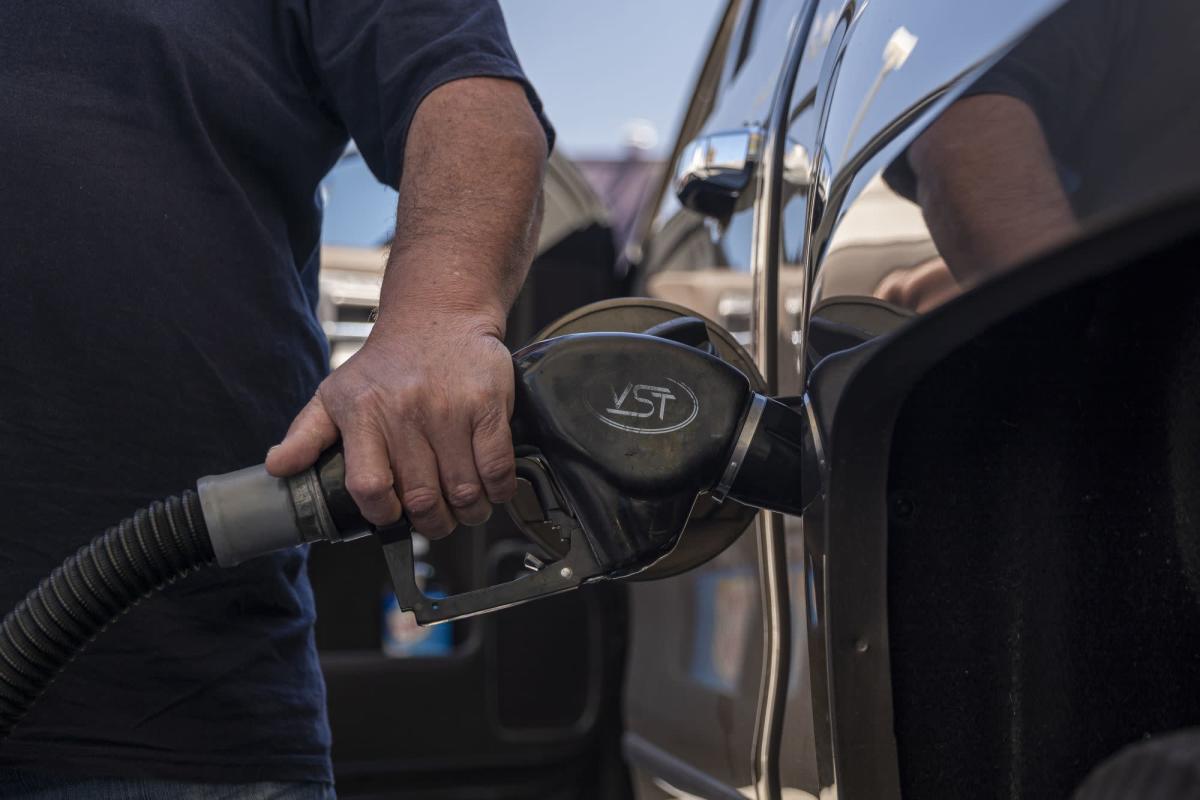
(Bloomberg) — U.S. consumer prices rose in March by the most since late 1981, bolstering expectations that the Federal Reserve will raise interest rates by half a point next month.
The consumer price index increased 8.5% from a year earlier following a 7.9% annual gain in February, Labor Department data showed Tuesday. The widely followed inflation gauge rose 1.2% from a month earlier, the biggest gain since 2005. Gasoline costs drove half of the monthly increase.
Economists in a Bloomberg survey called for the overall CPI to increase 8.4% from a year ago and 1.2% from February.
The March CPI reading represents what many economists expect to be the peak of the current inflationary period, capturing the impact of soaring food and energy prices after Russia’s invasion of Ukraine.
While the Fed is shifting as such to more hawkish policy, inflation isn’t likely to recede to the central bank’s 2% goal anytime soon — especially given the war, Covid-19 lockdowns in China and greater demand for services like travel.
At the same time, risks that inflation will tip the economy into recession are building. A growing chorus of economists predict that activity will contract either because consumer spending declines in response to higher prices, or the Fed will over-correct in its effort to catch up. However, the majority still expects the economy to grow.
Core Prices
Excluding volatile food and energy components, so-called core prices increased 0.3% from a month earlier and 6.5% from a year ago, both less than projected and due in large part to the biggest drop in used vehicle prices since 1969.
Treasuries rose after the data showed core inflation rose less than forecast in March, while the dollar erased an early advance to weaken in early Tuesday trading.
On a year-over-year basis, goods inflation excluding food, energy and used vehicles rose 8.1% in March, the most since 1981. Food prices rose 1% from February.
Services costs increased 5.1% from a year ago, the biggest advance since 1991. Airline fares rose a record 10.7% in March from a month earlier. Shelter costs, which include rents and hotel stays, rose 0.5% for a second month.
Used car prices, which had been a driver of higher goods inflation for months, were down 3.8% in March, the second straight monthly decline. New car prices, meanwhile, rose slightly.
Prices for household furnishings and supplies rose 1% from February after outsize gains in recent months. The index for furnishings and operations jumped 10.1% from a year earlier, the most since 1975.
Energy Costs
The war in Ukraine, which started in late February, led to a spike in energy prices on fears that cutting off Russian oil and gas would stretch already-tight supply. The CPI report showed that energy prices rose 11% in March from the prior month, the most since 2005, while gasoline prices jumped 18.3%, the largest gain since 2009.
That said, gas prices have started to decline in recent weeks, in part because of sinking demand in China where several major cities are under strict Covid lockdowns. If sustained, the drop suggests that energy prices will have less of an impact on inflation in April.
Even so, inflation is projected to stay near 6% by the end of the year, which will keep pressure on the Fed Chair Jerome Powell and his colleagues. The central bank is expected to hike interest rates by a half-point at its next policy meeting in May — and possibly at one or more meetings after that — while moving forward on plans to reduce its balance sheet.
President Joe Biden has also come under fire for failing to rein in prices as Americans pay up for fuel and groceries. His administration last month ordered the largest oil release in history from its reserves to help cool prices, but gas prices nationwide are still averaging above $4 a gallon. Inflation more broadly will complicate Democrats’ efforts to maintain their tight congressional margins in midterm elections later this year.
©2022 Bloomberg L.P.